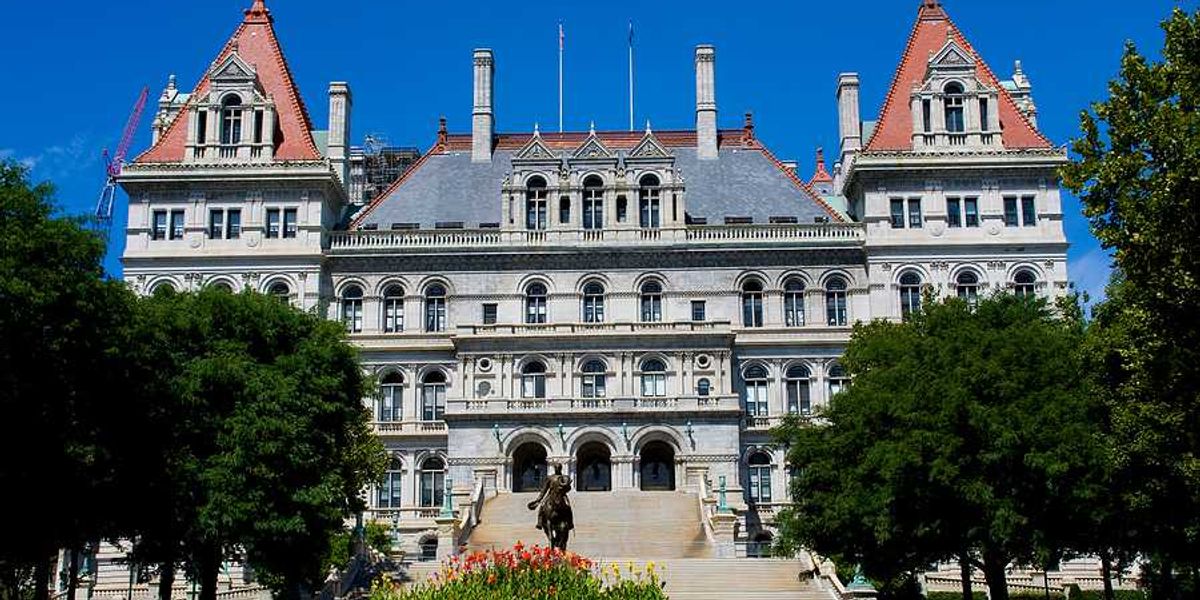urban heat islands
Louisville uses trees to tackle urban heat and health disparities
A decade after Louisville became the fastest-growing urban heat island in the US, a groundbreaking study shows that planting trees in underserved areas leads to health improvements by lowering inflammation rates among residents.
In short:
- Louisville earned a $12.6 million federal grant to plant trees in low-income neighborhoods, reducing extreme heat and air pollution.
- The Green Heart Louisville study revealed a 13-20% reduction in inflammation markers among residents, reducing heart disease risks.
- The project pioneers using mature trees and data-driven planting to target areas most affected by air pollution.
Key quote:
“There is nowhere you can put a tree where it doesn’t improve the situation in terms of cooling and air quality.”
— Brian Stone, director of the Urban Climate Lab at Georgia Tech University
Why this matters:
The results are part of a growing body of research that suggests urban trees are more than just a way to beautify a neighborhood. They may be a prescription for better health, especially in marginalized communities facing higher pollution levels and rising temperatures. Read more: Trees, science and the goodness of green space.
Many New York City neighborhoods face high heat vulnerability this summer
As New York City braces for another hot summer, 80 neighborhoods are identified as highly vulnerable to heat, with many of these areas being low-income communities or communities of color.
In short:
- A new Heat Vulnerability Index ranks 80 NYC neighborhoods as highly susceptible to heat, with 60-70% of residents from low-income or communities of color.
- Black residents are twice as likely to die from heat stress compared to White residents and have less access to air conditioning.
- Projections indicate a sharp increase in the number of days over 90 degrees Fahrenheit and heat waves by the 2030s.
Key quote:
“Heat vulnerabilities are really multifaceted and alleviating the Urban Heat Island Effect is a really important part of the equation. And, we want to achieve equity of canopy and vegetation.”
— Mike Treglia, lead scientist, Nature Conservancy’s New York State Cities Program
Why this matters:
These findings underscore a harsh reality: heat doesn’t impact all New Yorkers equally. The city’s infamous urban heat islands—areas that experience higher temperatures due to dense infrastructure and limited greenery—are disproportionately located in marginalized neighborhoods. Here, residents often lack the resources to mitigate the effects of heatwaves, such as air conditioning or access to cooling centers.
A scientist in Louisville is compiling data on trees and human health
Heat-related deaths could increase fivefold by middle of 21st century, WHO co-authored report says
Without tree cover, urban Californians are hit harder by heat, air pollution
Watch: NC officials launch Climate Action Corps to fight against climate change
Southern Nevada at risk of losing tree shade to extreme heat
Southern Nevada is at risk of losing the few trees it has due to extreme heat, a loss that would only exacerbate how unevenly protective tree shade is distributed across communities in one of the fastest-warming metros in the nation.









